Yellow Potato Seed Tubers – Small Whole Potatoes for Planting
Original price was: $22.99.$15.99Current price is: $15.99.
Grow your own delicious yellow potatoes! These small whole seed tubers are perfect for gardens and containers. Enjoy early harvests of thin-skinned potatoes great for cooking.
Estimated arrival
Dec 13
Dec 18 - Dec 20
Dec 23 - Dec 27
Reasonable Price
We offer reasonable price

Support 24/7
Contact us 24 hrs a day

100% Money Back
You've 30 days to Return

Payment Secure
100% secure payment
Grow Your Own Delicious Yellow Potatoes
These small yellow potatoes are whole seed tubers, perfect for gardeners with limited space. Whether you have a small garden, a raised bed, or even just a container, you can enjoy the satisfaction of growing your own fresh potatoes. Yellow potatoes are known for being early producers, meaning you won’t have to wait long to harvest your crop. Their thin skins make them easy to prepare, and their flavor is ideal for boiling, roasting, or using in potato salads. Growing your own potatoes provides fresh produce and reduces your carbon footprint.
Best Growing Conditions: To ensure a successful harvest, provide your yellow potatoes with full sun (6–8 hours/day) and loose, well-draining, slightly acidic soil (pH 5.0–6.5). This crop thrives in cool-season climates, so plant in early spring after the last frost or in the fall in warmer regions. Ensure proper soil drainage to prevent rot and maximize tuber development.
How to Grow: It’s easy to grow your own yellow potatoes. Start by chitting the potatoes by placing them in a cool, bright place to sprout for 1–2 weeks. Plant whole potatoes smaller than a golf ball; larger ones can be cut into chunks with 1–2 eyes per piece, drying the cut pieces for 1–2 days before planting. Prepare the soil by loosening it to 10–12 inches deep and mixing in compost or aged manure, optionally adding a balanced fertilizer (5-10-10 or 10-10-10). Plant the potatoes 4 inches deep with the eyes/sprouts facing up, spacing them 12 inches apart in rows 2–3 ft apart (or evenly in a container). Cover with 3–4 inches of soil and water consistently, about 1–2 inches/week. When sprouts grow to 6–8 inches, hill up the plants by mounding soil or straw halfway up the stems, repeating every couple of weeks until hills are about 8 inches tall to support the plants and encourage more potato production.
Benefits of Growing Yellow Potatoes: Growing your own small yellow potatoes offers numerous benefits. You’ll enjoy fresh, flavorful potatoes that are perfect for a variety of dishes. Growing your own food can be a rewarding experience, connecting you with nature and the process of food production. It’s also a sustainable way to reduce your reliance on store-bought produce. Plus, you control the growing process, ensuring that your potatoes are grown without harmful chemicals or pesticides.
Frequently Asked Questions:
- How deep should I plant the small yellow potatoes? Plant the potatoes approximately 4 inches deep with the eyes or sprouts facing upwards.
- What type of soil is best for growing yellow potatoes? Yellow potatoes thrive in loose, well-draining, slightly acidic soil with a pH between 5.0 and 6.5.
- How often should I water my potato plants? Water consistently, providing about 1–2 inches of water per week, depending on rainfall. Keep the soil evenly moist but not soggy.
- When is the best time to plant yellow potatoes? Plant in early spring after the last frost or in the fall in warmer regions, as yellow potatoes are a cool-season crop.
- Why is hilling up the plants important? Hilling supports the plants, encourages more potato production, and prevents the tubers from being exposed to sunlight, which can turn them green.
Be the first to review “Yellow Potato Seed Tubers – Small Whole Potatoes for Planting”
-
USDA Hardiness Zone
3-9 -
Soil Type
Loose, well-draining, slightly acidic -
Sunlight Exposure
Full Sun (6-8 hours/day) -
Expected Planting Period
Early Spring or Fall

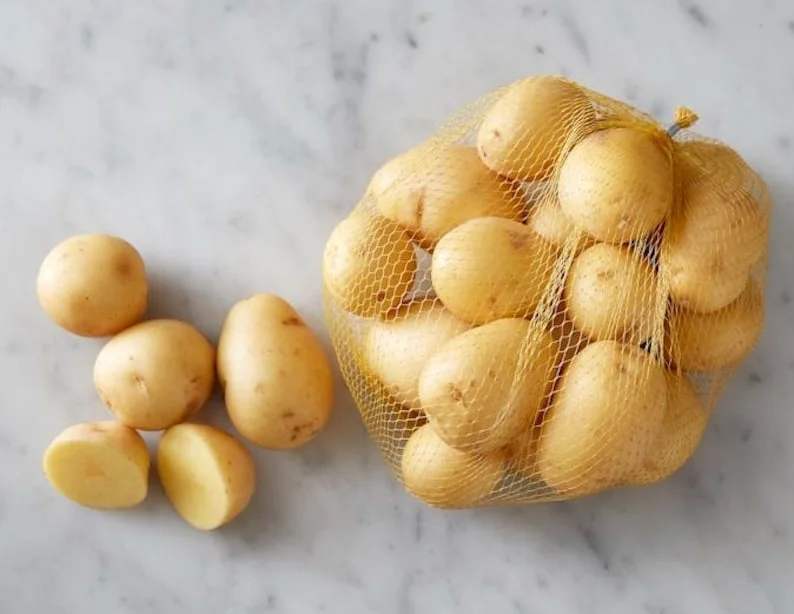
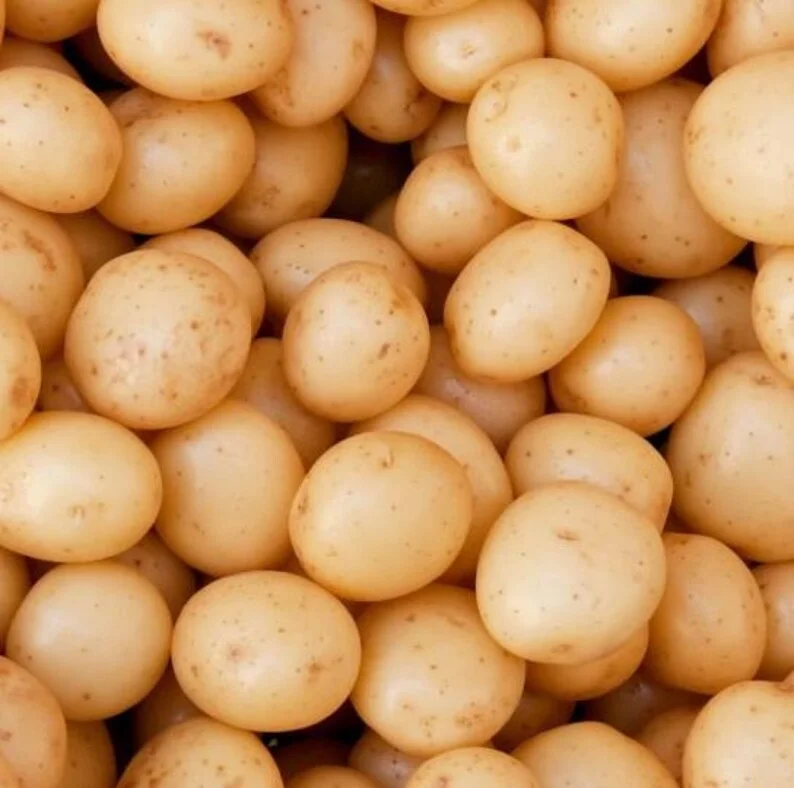
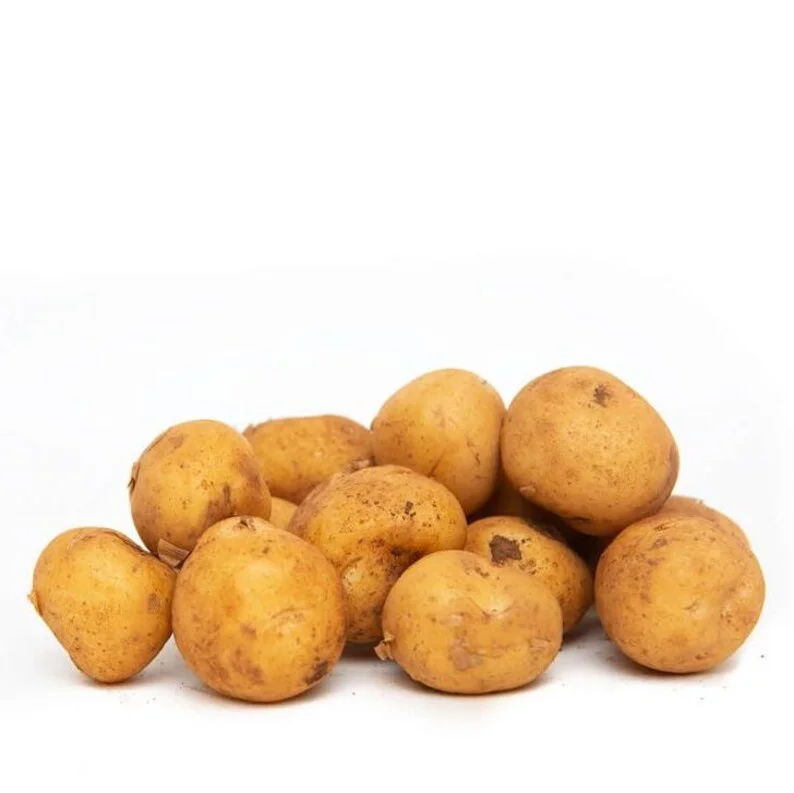
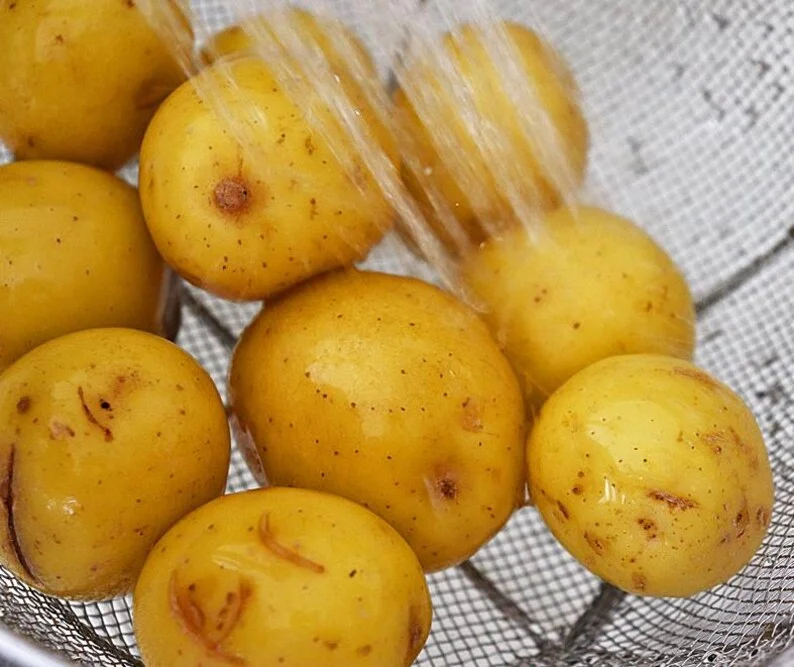
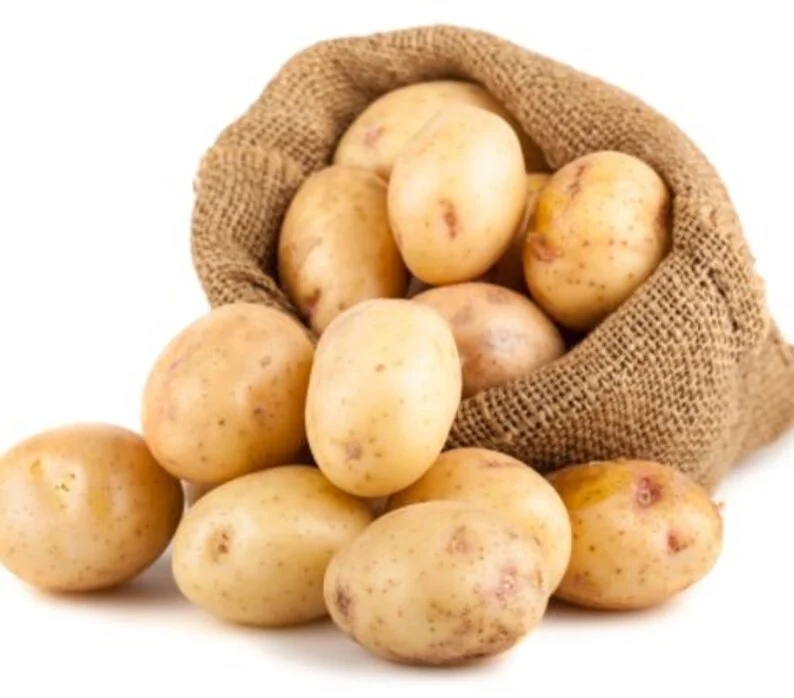
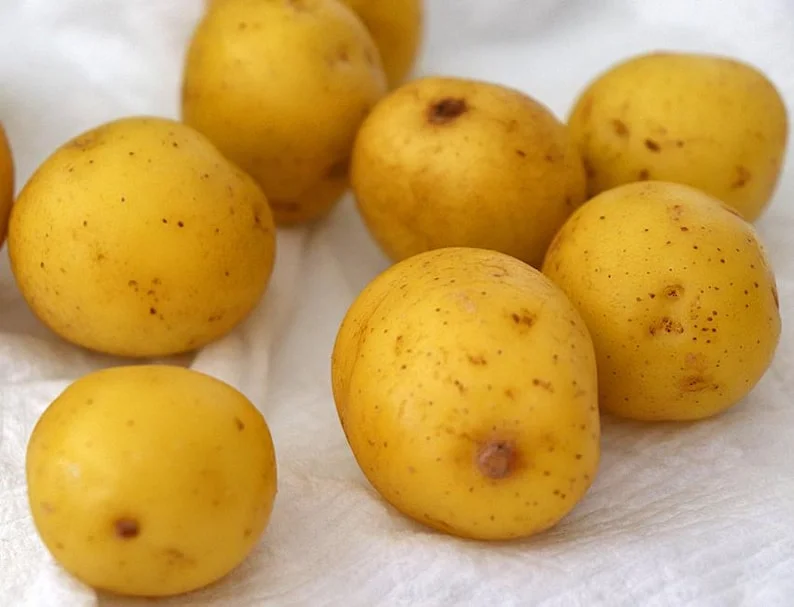
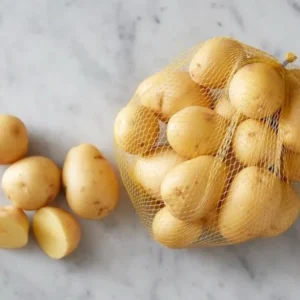
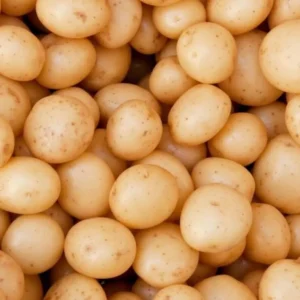
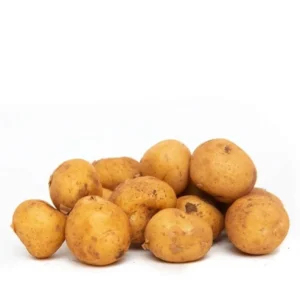
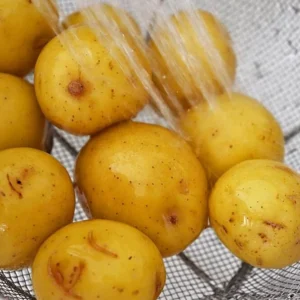
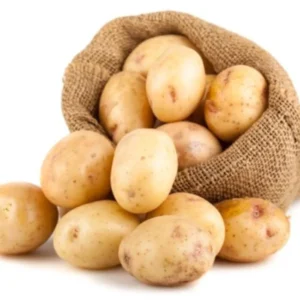
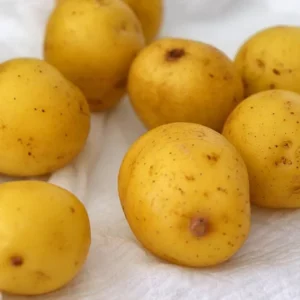






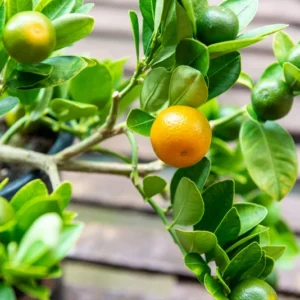
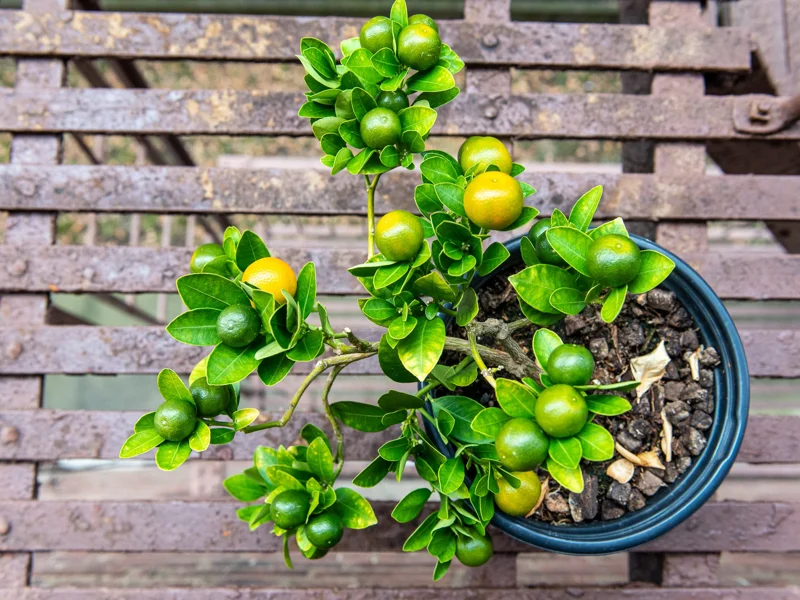
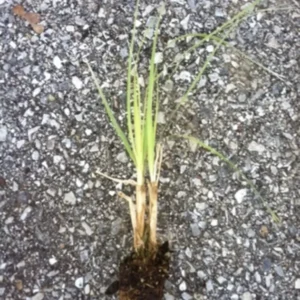
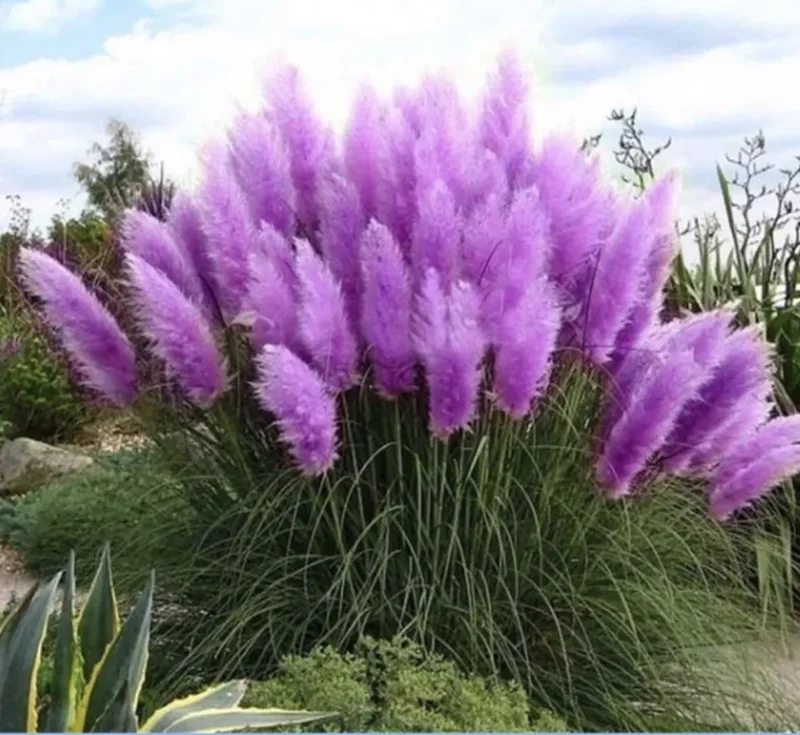
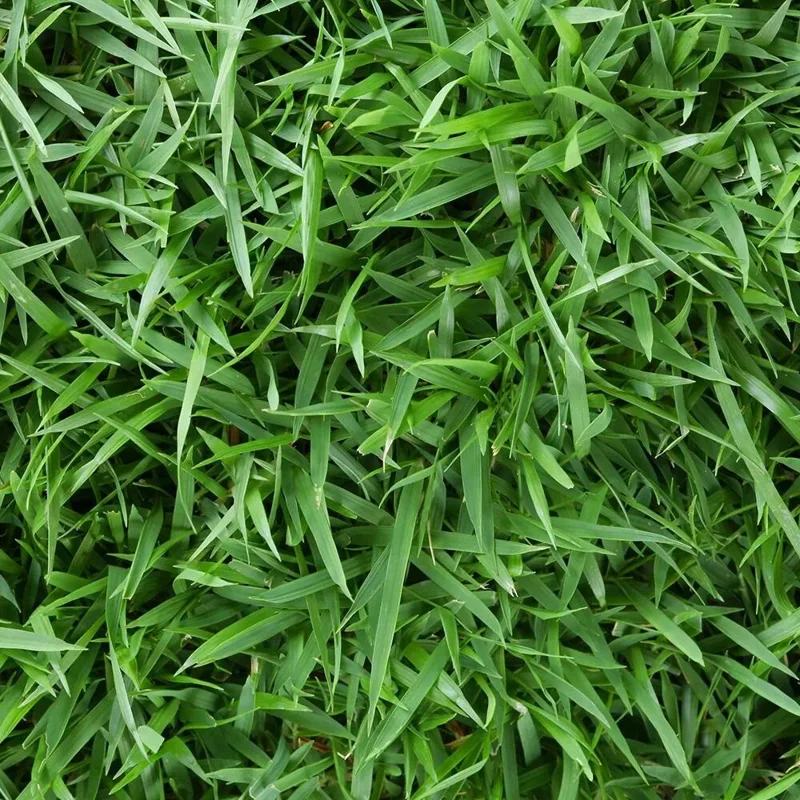




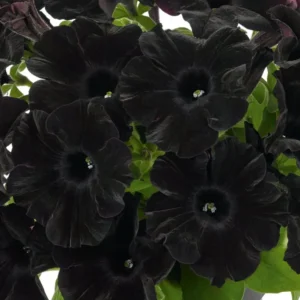
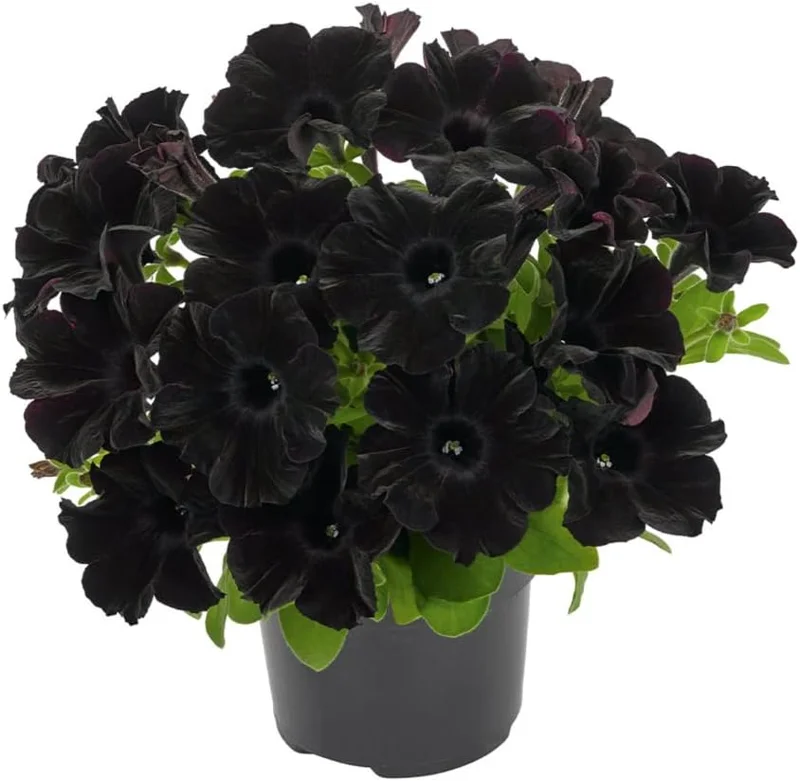
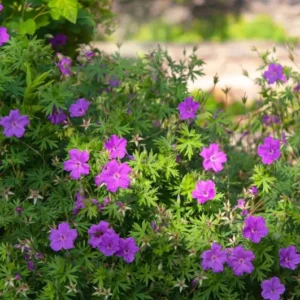
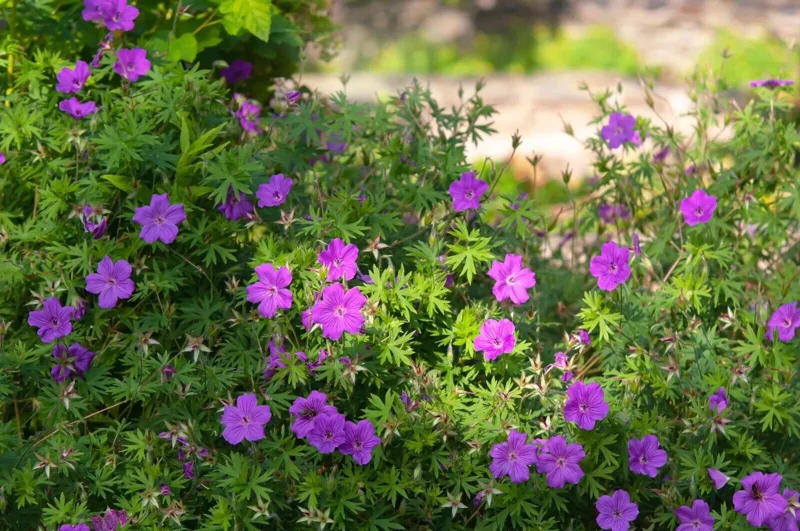
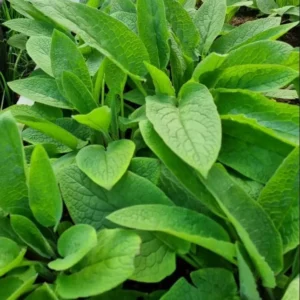
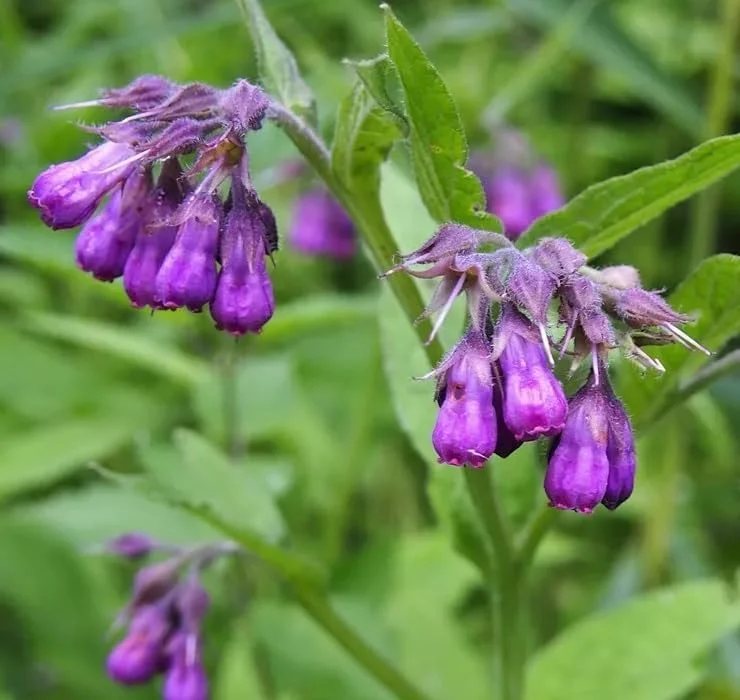
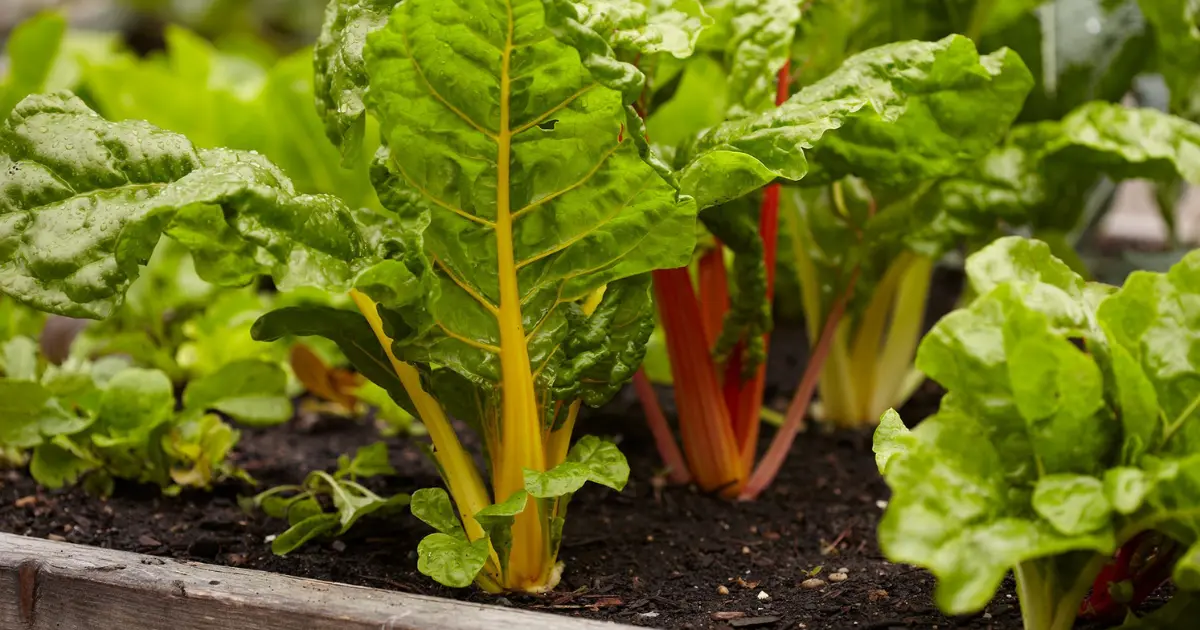
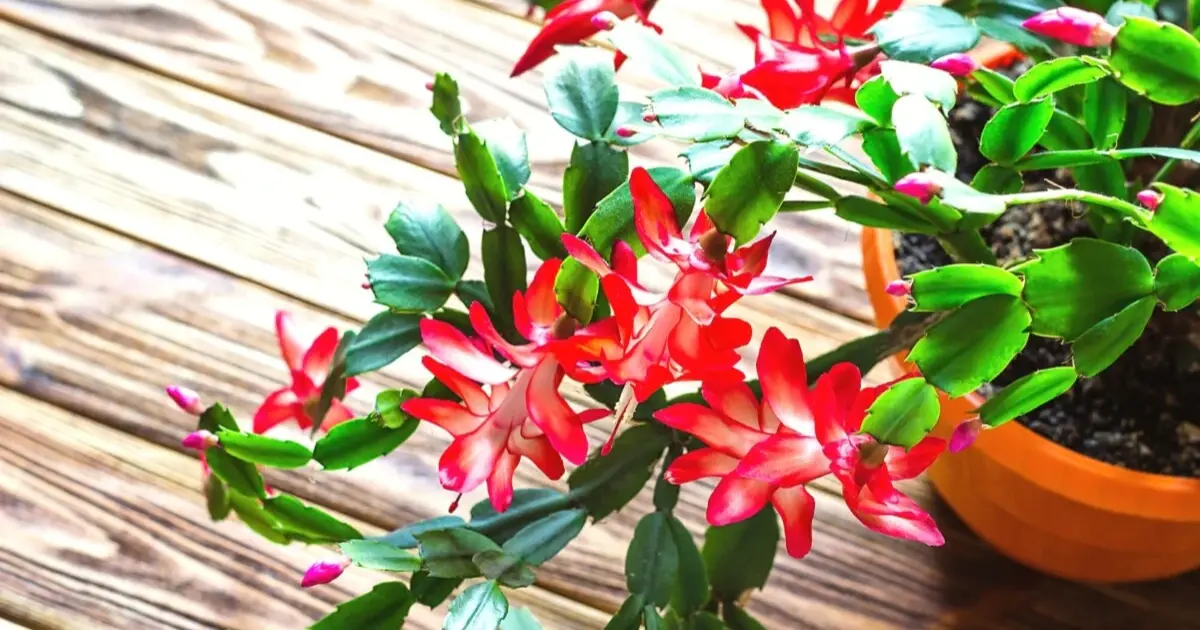
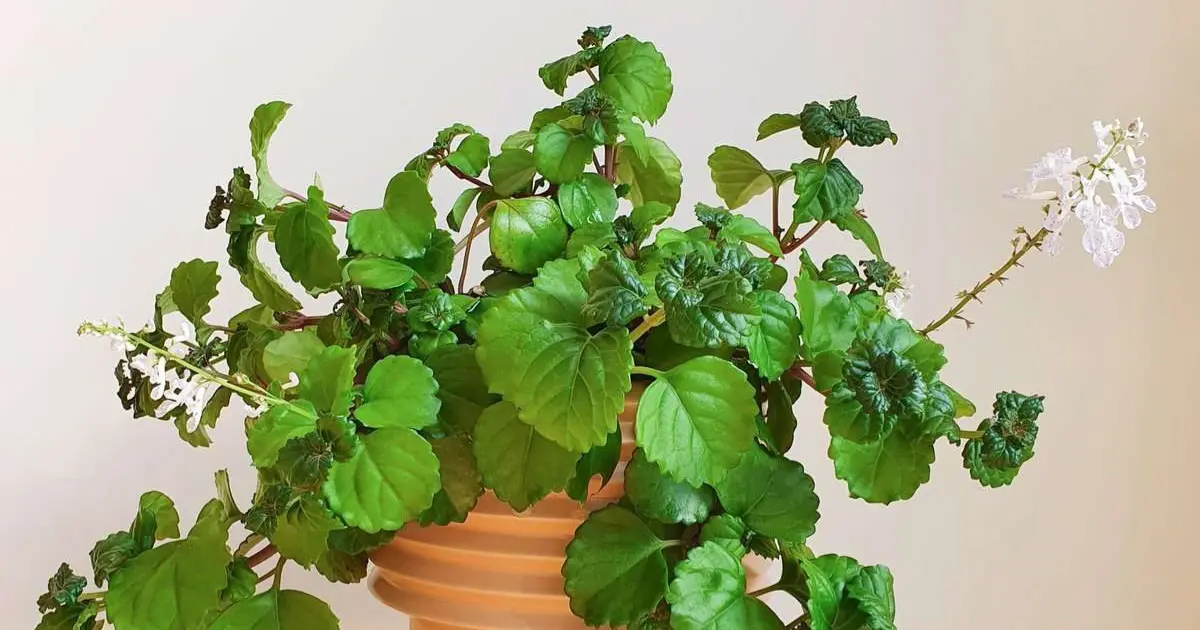
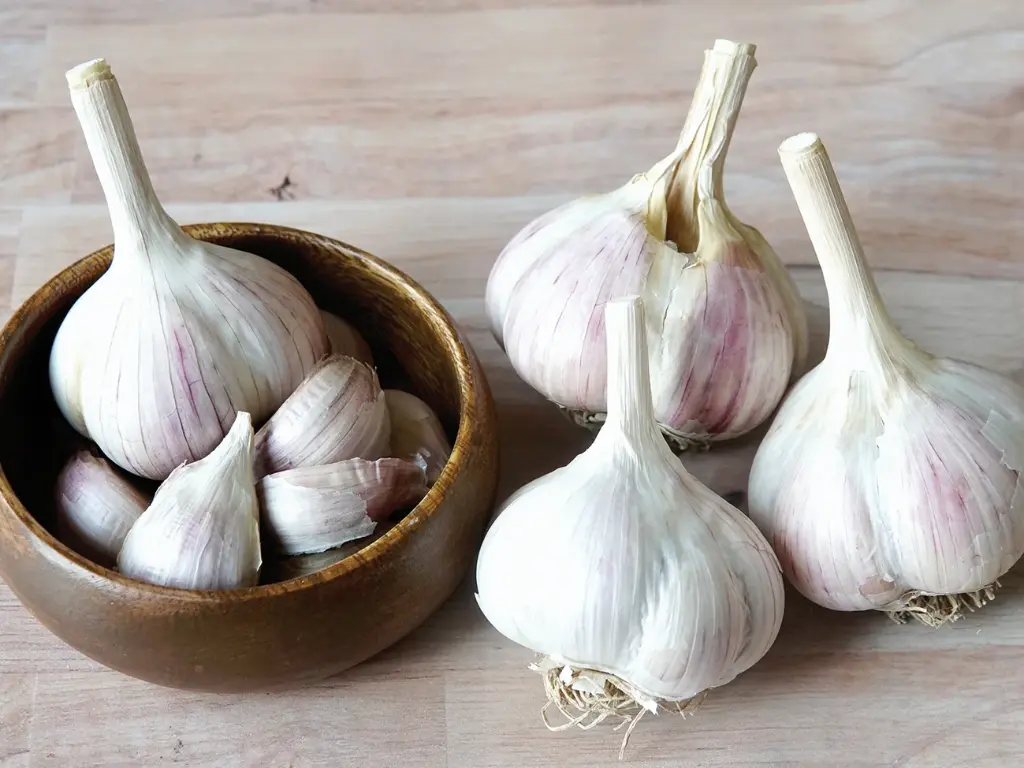
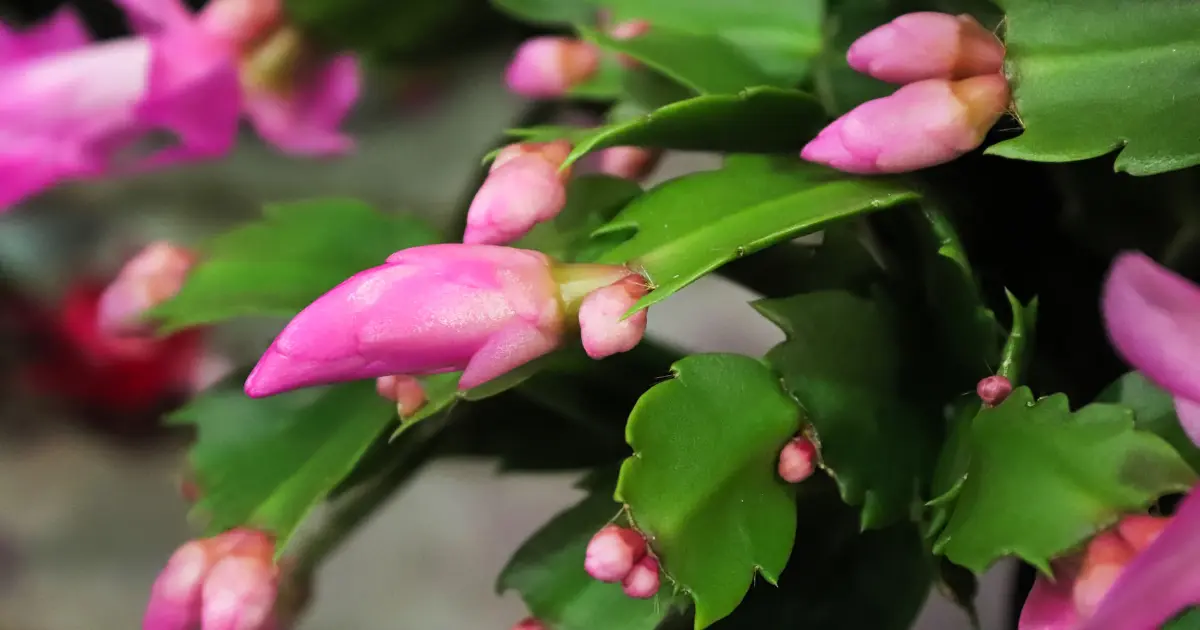
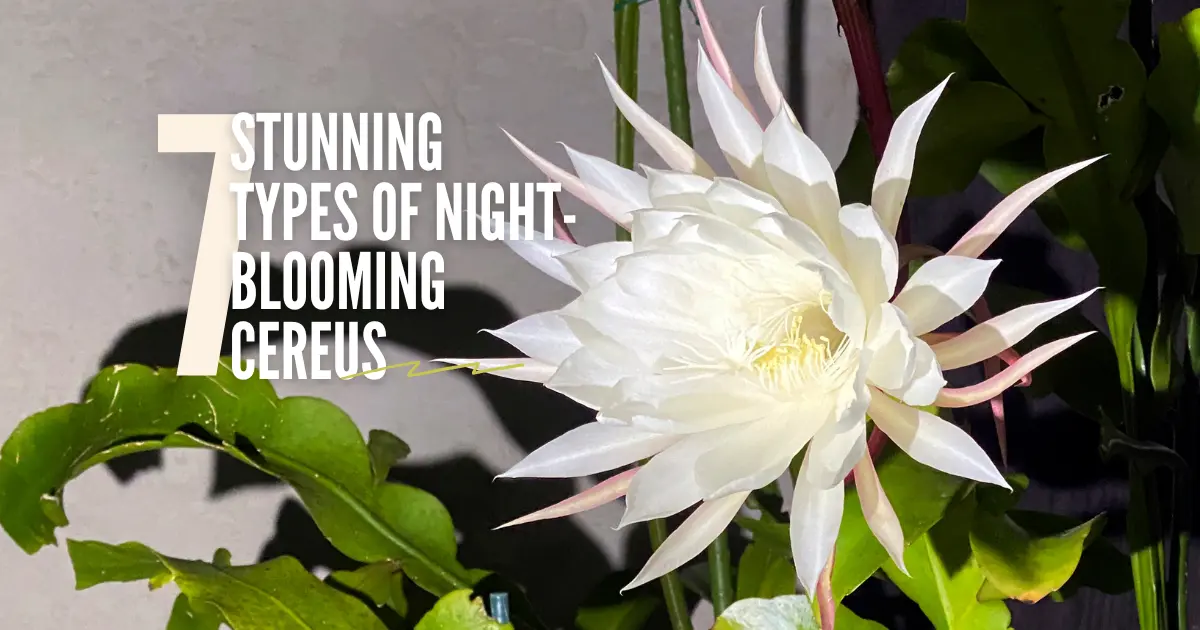
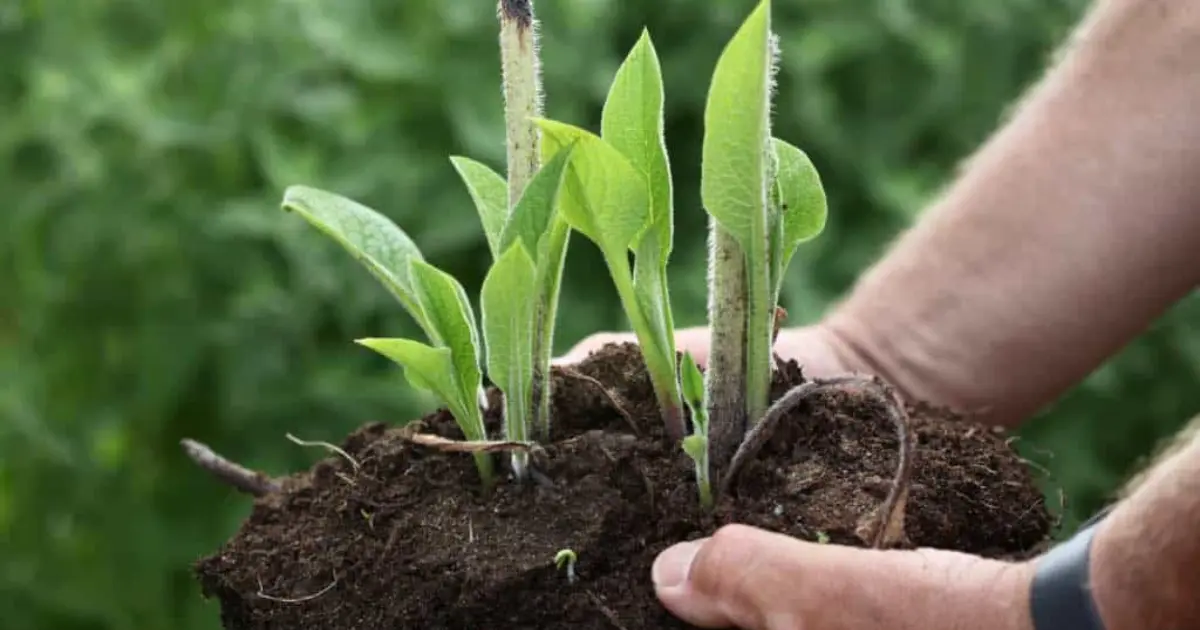

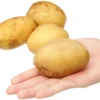
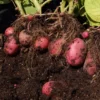

Reviews
There are no reviews yet.